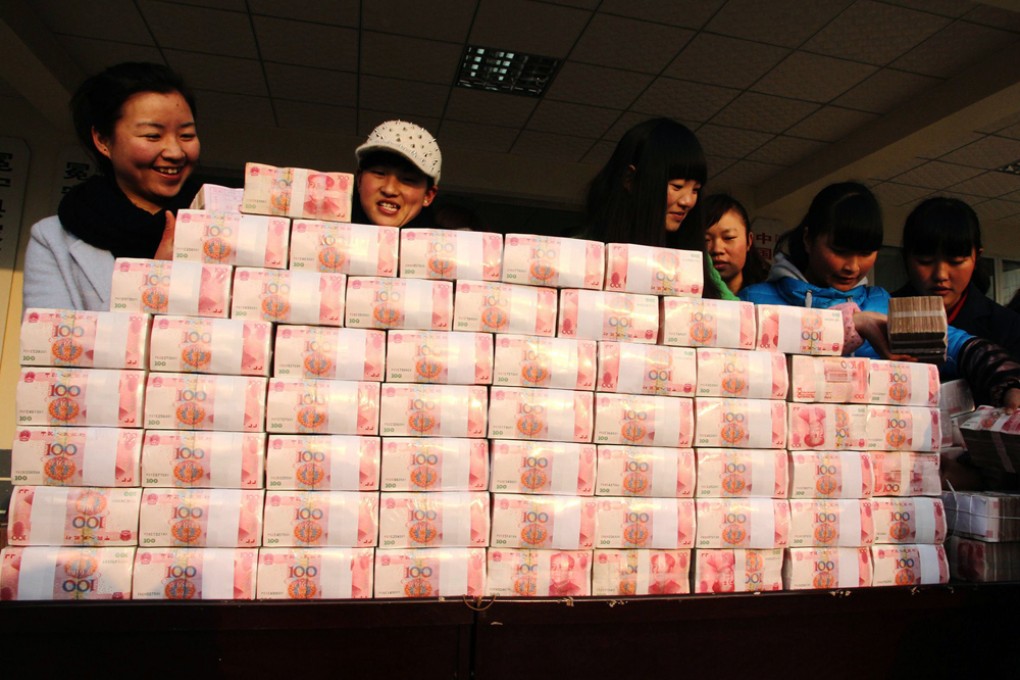Rethinking the role of efficiency in China's growth model
Zhang Jun says their co-existence shows debate on extensive versus intensive models is misguided

Although China's economy has expanded at a staggering pace over the past three decades, its growth model is now widely agreed to be exhausted. Even China's top leadership acknowledges the need for change.
While not everyone agrees on exactly what the new model should look like, proposals do not differ drastically, given the consensus that the current model rests on an unsustainable foundation.
On the demand side, many economists endorse a shift from investment-led to consumption-driven growth. Even more popular is the supply-side recommendation of a shift from extensive to intensive growth - that is, from a model based on capital accumulation to one propelled by gains in efficiency, measured by total factor productivity.
These recommendations are presumably influenced by Paul Krugman's criticism in 1994 of Soviet-style extensive growth in East Asian economies. At the time, Jeffery Sachs disagreed, asserting that the East Asian model included far more efficient market-based investment allocation than the Soviet model did; nonetheless, the criticism stuck.
It was not long before some Chinese economists began to categorise the growth pattern brought about by Deng Xiaoping's reforms as "extensive" - and thus problematic. A consensus has gradually emerged around this idea, with calls for a shift towards efficiency-driven growth intensifying since China's growth began to slow in 2011.
But empirical research reveals a fundamental problem with this argument: China's total factor productivity has grown at an average annual rate of nearly 4 per cent since Deng's reforms began. If the US economy, with a total factor productivity growth rate of only 1-2 per cent annually, is seen as efficiency-driven, why is China's not?